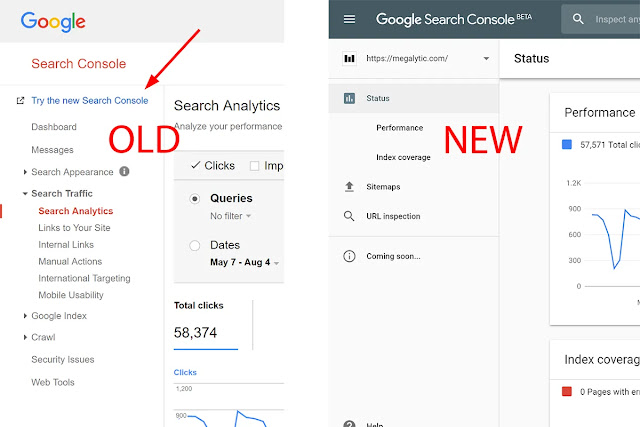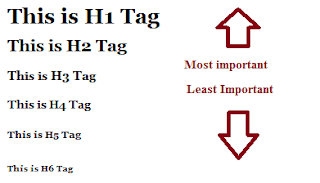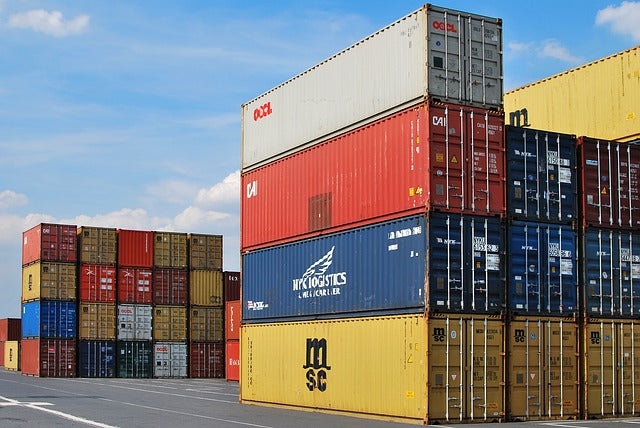When You Search for Something on Google Even Generic Search Queries, Google Frequently Triggers Map-Driven Local Business Listings, Delivering Users a Selection of the Most Relevant Local Businesses, While Dominating the Coveted First Page of Search Engine Results.
You May Find That Your Business Doesn’t Show Up for Relevant Searches in Your Area. to Maximize How Often Users Find Your Business in Local Search Results, Ensure That Your Business Information in Google My Business Is Accurate, Complete, and Engaging.
These Days, Your Consumers Are Going Online to Find You. Local Search Engine Optimization Is Simply One of the Ways to Position Yourself to Generate More Leads from the Internet.
With Authoritative Google Map Citations, Your Business Listings Stand a Fighting Chance.
Your Business Citations Typically Appear in Directories and Other Website Resources That Search Engines Use to Determine the Accuracy and Relevance of Your Business Location. the Most Authoritative Google Map Citations for Local Seo Are Those That Are Consistent with Your Google Business Page.
How Does a Citation Affect Your Search Engine Rankings?
Citations Help Internet Users to Discover Local Businesses and Can Also Impact Local Search Engine Rankings. Local Businesses Can Actively Manage Many Citations to Ensure Data Accuracy.
The Most Authoritative Google Map Citations for Local Seo Are Those That Are Consistent with Your Google Business Page. the Way You Publish Your Business Name, Address, and Phone Number (Nap) on External Websites and Directories Should Be an Exact Match to the Nap on Your Google Business Page. Listen to Our Recent Podcasts on Citation Distribution.
Where Can I Find a Local Business Citation?
as I Already Mentioned, a Local Citation Is Any Online Mention of the Name, Address, and Phone Number of a Local Business. Citations Can Occur on Local Business Directories, on Websites and Apps, and on Social Platforms. Citations Help Internet Users to Discover Local Businesses and Can Also Impact Local Search Engine Rankings.
What About Local Business Directories?
There Are Many Prominent Local Business Directories Online, with Business Citation Opportunities You Do Not Want to Miss. in Fact, There Are Over 200 Local Online Business Directories Offering Free Listings to Your Business. Adding Your Business to These Online Directories Is Certain to Improve Both Local and Organic Search Results, and Is Highly Recommended.
I've Accumulated Years of Local Business Citation Building Experience for Various Countries Included but Not Limited to the USA, Canada, Uk, & Australia.
I Create a Local Business Directory Listing with Consistent Nap and Full Business Information Without Any Error. I Create Citations Manually and Personally So Your or Your Client's Information Is Fully Secured.
You Can Find My Citations Gig on Fiverr: Do 100 prominent local citations for google maps seo by Freshcitation | Fiverr
and on Upwork: Google Maps Citations for GMB ranking and Local SEO
Hope to Work with You Soon and Give You My Level of Best Service.
Sincerely
Contact Me on Upwork: https://www.upwork.com/fl/sohelparvez
See My Fiver Gig: https://www.fiverr.com/freshcitation















